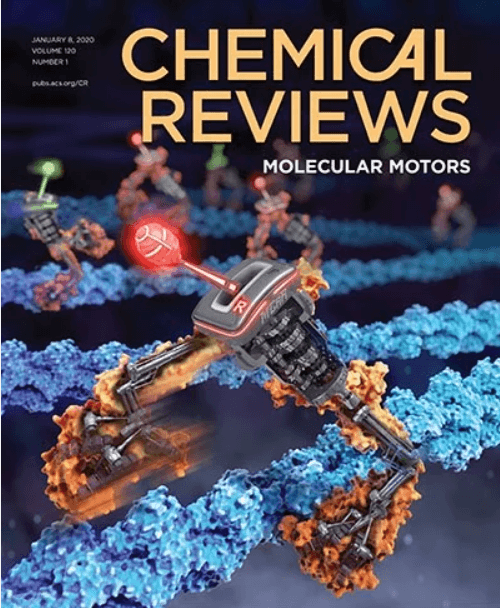解读结晶驱动自组装的进化、功能和观察。
IF 55.8
1区 化学
Q1 CHEMISTRY, MULTIDISCIPLINARY
引用次数: 0
摘要
结晶驱动自组装(CDSA)提供了精确控制的大小,形状和层次组织的聚合物纳米结构,利用结晶的核心形成块。与传统的自组装不同,CDSA有利于低曲率形态的形成,如纤维和血小板,具有特殊的均匀性。这篇综述强调了CDSA的关键策略,包括种子生长、自播种和聚合诱导CDSA,以及影响组装的因素,如聚合物组成、溶剂、温度和添加剂。我们总结了先进的表征技术──跨越光散射、显微镜、光谱学和荧光成像──和计算方法,包括蒙特卡罗和布朗动力学模拟,以了解组装机制和预测形态。最后,我们讨论了在生物医学、催化、光电子和功能材料方面的新兴应用,并概述了在精确控制、多技术表征和可扩展合成方面的未来挑战。通过整合机制见解,先进的表征和应用驱动设计,本文综述为cdsa基功能材料的未来发展奠定了全面的基础。本文章由计算机程序翻译,如有差异,请以英文原文为准。
Deciphering Evolution, Function, and Observation of Crystallization-Driven Self-Assembly.
Crystallization-driven self-assembly (CDSA) offers precise control over the size, shape, and hierarchical organization of polymeric nanostructures by harnessing the crystallization of a core-forming block. Unlike conventional self-assembly, CDSA favors the formation of low-curvature morphologies, such as fibers and platelets, with exceptional uniformity. This review highlights key CDSA strategies, including seeded growth, self-seeding, and polymerization-induced CDSA, along with factors influencing assembly, such as polymer composition, solvent, temperature, and additives. We summarize advanced characterization techniques─spanning light scattering, microscopy, spectroscopy and fluorescence imaging─and computational approaches, including Monte Carlo and Brownian dynamics simulations, for understanding assembly mechanisms and predicting morphologies. Finally, we discuss emerging applications in biomedicine, catalysis, optoelectronics, and functional materials, and outline future challenges in precision control, multitechnique characterization, and scalable synthesis. By integrating mechanistic insights, advanced characterization, and application-driven design, this review establishes a comprehensive foundation for future development of CDSA-based functional materials.
求助全文
通过发布文献求助,成功后即可免费获取论文全文。
去求助
来源期刊

Chemical Reviews
化学-化学综合
CiteScore
106.00
自引率
1.10%
发文量
278
审稿时长
4.3 months
期刊介绍:
Chemical Reviews is a highly regarded and highest-ranked journal covering the general topic of chemistry. Its mission is to provide comprehensive, authoritative, critical, and readable reviews of important recent research in organic, inorganic, physical, analytical, theoretical, and biological chemistry.
Since 1985, Chemical Reviews has also published periodic thematic issues that focus on a single theme or direction of emerging research.
 求助内容:
求助内容: 应助结果提醒方式:
应助结果提醒方式:


